A Student Pilot at Truckee-Tahoe Airport Hits Her First Big Pre-Solo Milestone: Unassisted Landing!
[This is the ninth in a series of articles detailing my journey to earning a private pilot certificate. Click to read: Part 1, Part 2, Part 3, Part 4, Part 5, Part 6, Part 7, Part 8.]
After a whole pot of coffee, I jumped on the 8 AM bus for my 9:30 AM flight lesson, because my options were to arrive either an hour early or 20 minutes late, and I wasn’t interested in losing flight time. Jamming out to some tunes on my headphones, I spent the forty-five-minute ride studying aerodynamic forces, aircraft performance, and hazardous weather on my Sporty’s Study Buddy app (the first and only app I’ve ever paid for – worth it!) until we turned onto Airport Road.
Early Morning at the Airport Terminal
I thanked the driver and headed into the terminal, where I planned to grab some coffee and watch in-cockpit videos of pilots landing Cessna 172s, but the Red Truck Café wasn’t open yet. Apart from a couple charter jet pilots, the terminal was a ghost town. It was kind of nice!
I switched between studying for the written with Gleim’s online test prep, listening to liveATC.net, and watching videos of landings and go-arounds in a C172 until 9:20 AM when I skipped over to the hangar to start the pre-flight. Dave was across the way shoveling snow and ice away from his personal hangar and came over just as I was finishing the checklist. He chatted with another student he was going to examine for his instrument rating, and I pulled the navy and gold Skyhawk, 68F, out of the hangar.
Instrument Rating: Use it to Your Advantage
I’ve heard many accomplished pilots with multiple ratings say they found the Instrument rating the most challenging to achieve. Getting an IFR ticket takes time, brains, and money. So I’m always surprised how many pilots, having gone through all the effort and expense to earn their instrument rating, fail to use it much. There are times when you might consider using your IFR rating even when the weather is technically VFR. Filing, flying, and remaining IFR [Read More]
We talked only briefly about what we were planning to work on that lesson, hopped in the cockpit, and got her ready to roll. I’d gone over the engine start routine that morning and felt really confident in the pilot’s seat. It was gorgeous outside, and with a 3kt headwind coming almost directly down runway 29, it looked like we were in for a fantastic morning.
Calm Air, Blue Skies: A Perfect Day for Practicing Landing
As we were nearing runway 20, a Cirrus announced its intention to depart from the runway, and we stopped and watched it rocket past. Once it took off and cleared the runway, I made the “crossing a runway” radio call, and we were on our way to the run-up area. While we were rolling, Dave told me that he’d seen out-of-town pilots land on taxiways before, so I should always keep my head on a swivel. Be a safe pilot, but don’t count on others to do the same.
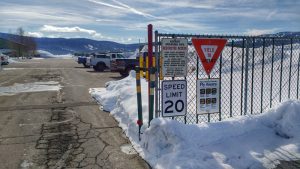
We went through the run-up quickly, and we were soon following the yellow line onto the runway. I made the “departing runway 29” radio call, and off we went! We climbed until we reached pattern altitude, and entered the left crosswind over Truckee. I made all the radio calls, and didn’t embarrass myself once! I think I may be getting the hang of this.
The winds aloft were smooth as butter, and Dave and I were both commenting on how beautiful it was and how nice the warm sun felt. I think even the snowboarders and ski bums are ready for summer. This winter in the Sierras has been the most brutal in years. Some places around the lake have gotten 50 feet or more in snow over the season.
First Landing of the Day
The first landing went fairly well, but I came in a little too high. We touched down way past the numbers, and it wasn’t smooth at all, but I didn’t lock up and I kept my eyes down the runway nearly the whole time. We had to exit the runway and roll all the way back down to the end to take off because we didn’t have enough space to power up for a touch-and-go. Dave gave me some pointers on braking (pull back on the yoke when braking hard to put more weight and pressure on the main gear and take some stress off the nose wheel), and soon we were back up in the air. We did one touch-and-go on runway 29 before a confused Piper Saratoga pilot with a very thick accent came on and announced he was turning final for runway 29. At this point, we had just turned downwind, and we didn’t see any aircraft, let alone a Saratoga that should be in front of us.
Dave went on the radio and asked the pilot to confirm his position, and after some back-and-forth, it became clear he was something like 7 miles out to the southeast. Dave said to me, “This guy’s a liability waiting to happen. Let’s get out of here until he figures out what he’s doing.”
We broke away from the pattern and did some 360s off to the side to bide time. I had fun turning and trying to hold my altitude while Dave was listening cautiously to the radio. This pilot announced he was turning base, then later said he was on a three mile final, then said he was landing on runway 20. Eventually, we saw him descending over the mountains on final for runway 29, and once he touched down and announced he was clear of the runway (which Dave made sure we both visually confirmed) we re-entered the pattern on the downwind and came in for another touch-and-go.
Saratogas, Phenoms, and PC-12s: Oh My!
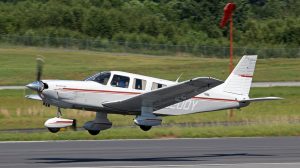
As we took off again, a Phenom came on the radio saying they were coming straight in for runway 11. The winds had picked up and flipped on us, so we planned on entering the pattern for runway 11 and following the jet in, with plenty of space of course, but soon another jet, a Surfair PC-12, entered into the equation, wanting to land on 11. The Phenom was first, then another (I don’t remember what kind) was 15 miles out from the north. Dave hopped on the radio again and let the pilots know that we’d go over Stampede and do some maneuvering and come in behind them. I’m all about maneuvering, so while Dave was talking, I pointed us north to Stampede Reservoir. He glanced over at the panel and said, “Nice, looking good.” I was holding steady at 7500 around 75kts, and feeling good!
When we got out over Stampede, Dave told me to do a 180 turn to the right. Once I did that, I asked if I could do some more turns. “I just like turning!” I told him. I transitioned into a left 360 and went around almost twice by the time the jets had landed and were clear of the runway. We started to head back for more touch-and-gos.
The nonstandard approach procedure for runway 11 (from where we were, over Boca Hill) is an extended left base over I-80. It felt weird trying to gauge when to pull the power back and start adding flaps with no visual cue, like “beaming the numbers” for example. I ended up only putting in one notch of flaps, and had to quickly add the second and third while on final while trying to figure out the sight picture for a new runway, and making radio calls. It was starting to feel like I was actually flying the plane!
My First Landing, 100%
As the runway quickly rose up beneath us, Dave had to constantly remind me to keep the plane in a nose-down pitch attitude. My mind was going, “The ground is RIGHT THERE! Pull up!” while Dave was simultaneously going, “Not yet… not yet… not yet, Carly, not yet… Now, add back pressure!”
I added too much and I felt the plane start to rise up. First, my instincts told me to nose down, but soon Dave’s teaching caught up with me and I added a little power. We were back in level flight a yard or so from the ground, and soon I was transitioning to flare. The seconds between flaring and touching down are filled with muscles tensing up, anticipating a hard landing, and seem to last forever.
Eventually, we plopped down on the runway (it wasn’t as bad as I thought, but it ain’t no greased landing!), and once I got the nose wheel tracking the center line, we cleaned up, powered up, and starting hurtling toward 55kts. As I was working my feet against the rudder pedals, Dave turned to me and said, “I didn’t touch anything on that landing.”
Silence from me, then, “You mean, like, you didn’t touch the controls?”
“Yep, that one was all you, 100%.”
Immediately my focusing face split into a gigantic beaming smile. In my mind I was going OH MY GOD I LANDED THE PLANE I HAVE TO TELL THE WORLD! but externally I couldn’t stop grinning and giggling long enough to form a coherent statement. The most Dave got out of me was, “Wow!”
“I told you you’d get it,” he said as we peeled off for another touch-and-go. I’m still smiling just thinking about my first landing.
Round Two on Runway 11
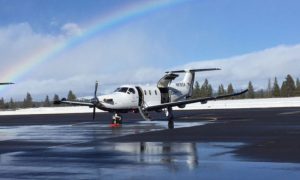
We entered the left closed traffic for runway 11 and were soon turning base. This time, I had some familiar visual markers to reduce power/turn on carb heat/add flaps/etc. but made the downwind-to-base radio call while in the turn, which made it a bit wider than I would have liked, so I had to do a little maneuvering on final to get us back over the center line. I hadn’t yet done the base-to-final radio call, so Dave prompted, saying, “Do you have the runway made?”
“Well, almost? I think so?”
“Are you kidding,” Dave responded, “You’d have to try to miss at this point. Make the call.”
So I did.
Calling it a Day
This second landing wasn’t any smoother than my first landing, and I was still fighting the very powerful urge to pull up to early, but I didn’t balloon the nose up like last time, so it felt like a success. My second 100% landing! We did one more touch-and-go on runway 11 (Dave assisted this one) and re-entered the pattern when Dave said, “I think that’s enough for today,” and we headed in for a full stop.
The final landing didn’t feel any smoother than the others, but it was my third unassisted landing, and it felt awesome. I pressed the toe brakes and pulled back on the yoke as we slowed down, and made sure to get slow and straight before turning off the runway, instead of trying to turn and brake at the same time (which Dave has had to remind me of before. He’s even had to save us from plowing into a snowbank a couple times. We recently decided my legs are too short to completely depress the toe brakes…). We pulled up outside Sierra Aero and parked 68F in the gleaming sunlight.
We headed inside the office to fill out the logbook and schedule some more lessons, and I jotted down notes and homework. Next week, Dave said we’ll be going back and forth between Truckee and the Reno-Stead Airport, and practicing landings at both places. Since I don’t have Foreflight or an iPad or anything, the lady in the office had to order a sectional and chart supplement, since theirs were all out-of-date. Until they arrive, Dave told me to work on memorizing the answers to the pre-solo written worksheet: KTRK-specific nonstandard patterns, emergency procedures specific to the Skyhawk, and basic radio calls.
He wants me to prepare for the pre-solo test!! That seems like a really good sign, guys! At 9.3 hours, maybe I’ll solo closer to 10 than I thought!
Private Pilot Flashcards – National Airspace System
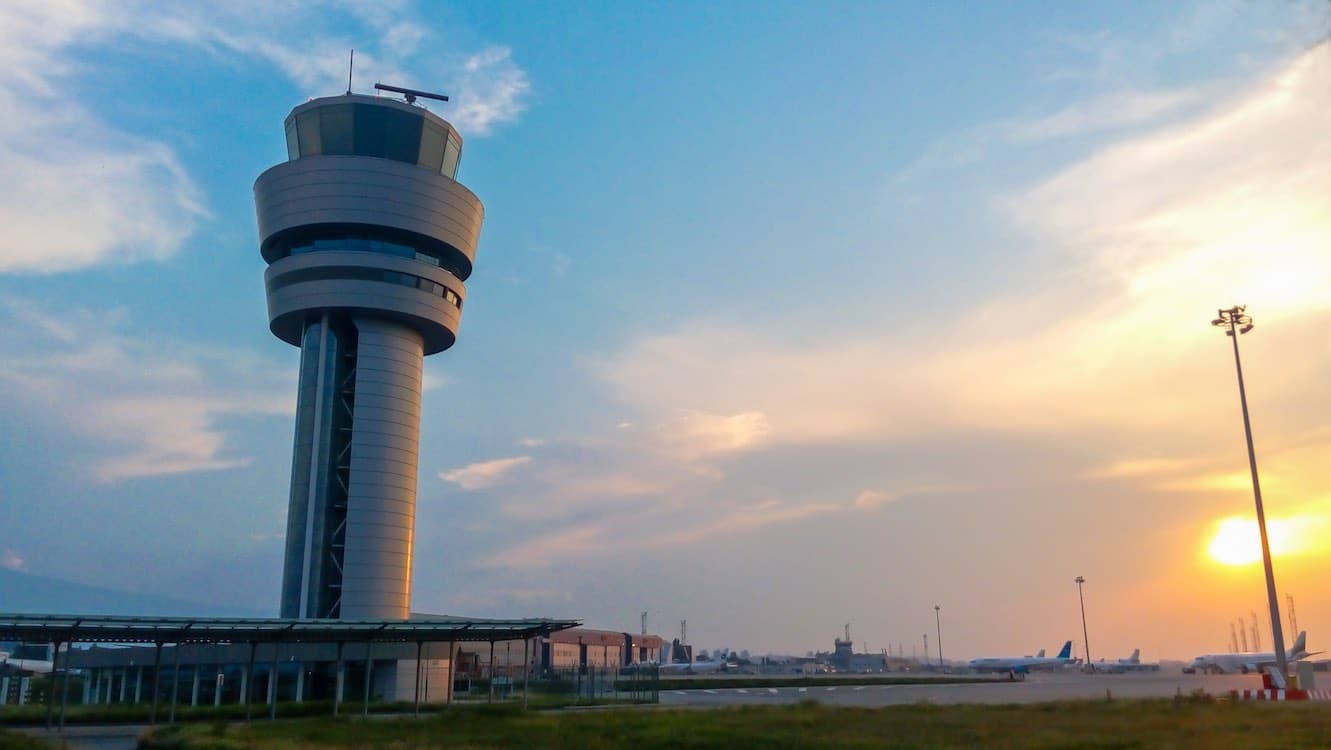 One of the biggest obstacles for a new pilot is gaining and retaining an understanding of the National Airspace System. It’s been my experience that until a student pilot understands the NAS, they will always feel lost and unsure in all other aspects of their flight training. Once the Student Pilot understands NAS they can feel comfortable that they are not in the wrong place at the wrong time and focus their energy on learning to control the aircraft. It’s in this light that I decided to create a quick, flashcard resource [Click to read more…]
One of the biggest obstacles for a new pilot is gaining and retaining an understanding of the National Airspace System. It’s been my experience that until a student pilot understands the NAS, they will always feel lost and unsure in all other aspects of their flight training. Once the Student Pilot understands NAS they can feel comfortable that they are not in the wrong place at the wrong time and focus their energy on learning to control the aircraft. It’s in this light that I decided to create a quick, flashcard resource [Click to read more…]






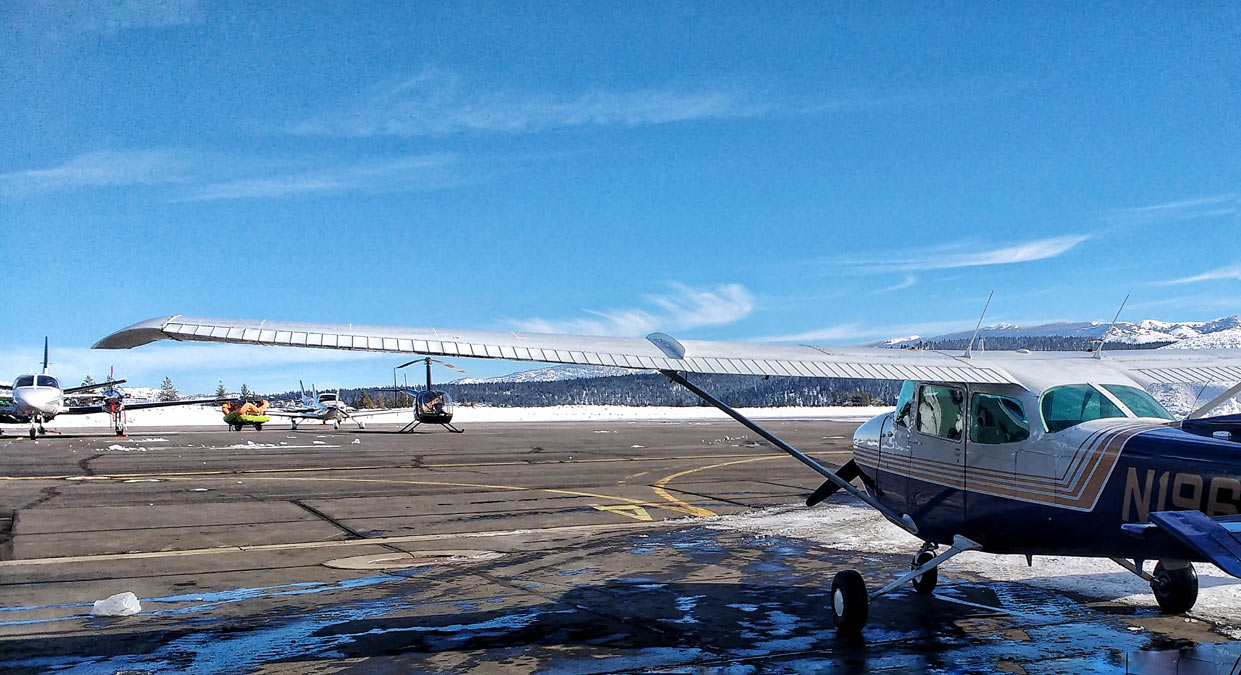





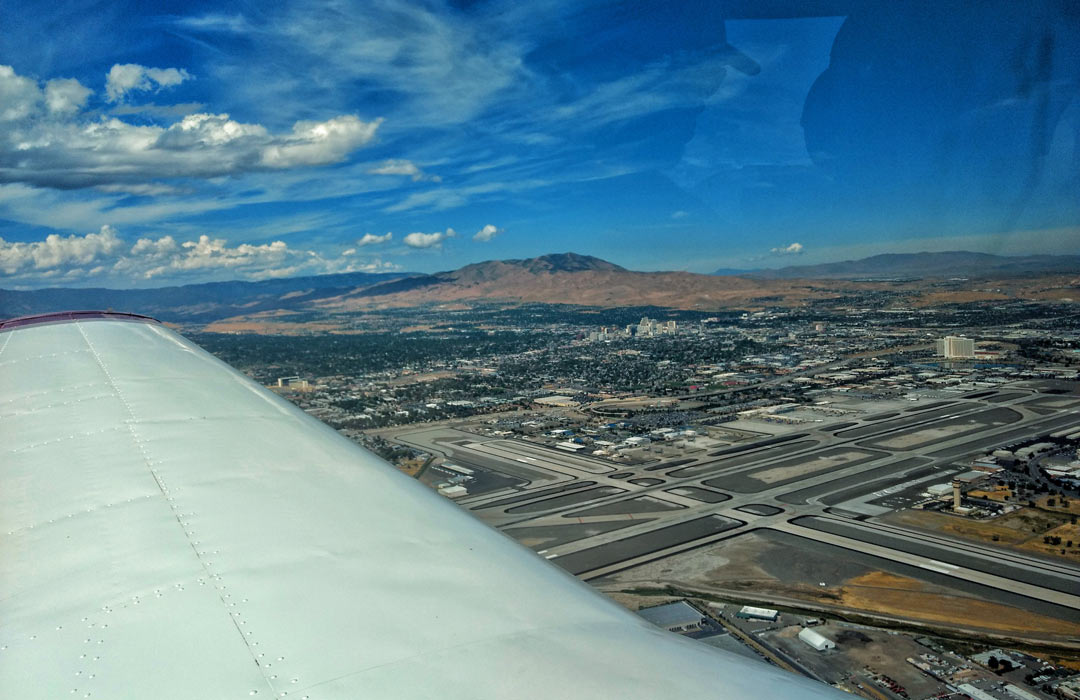

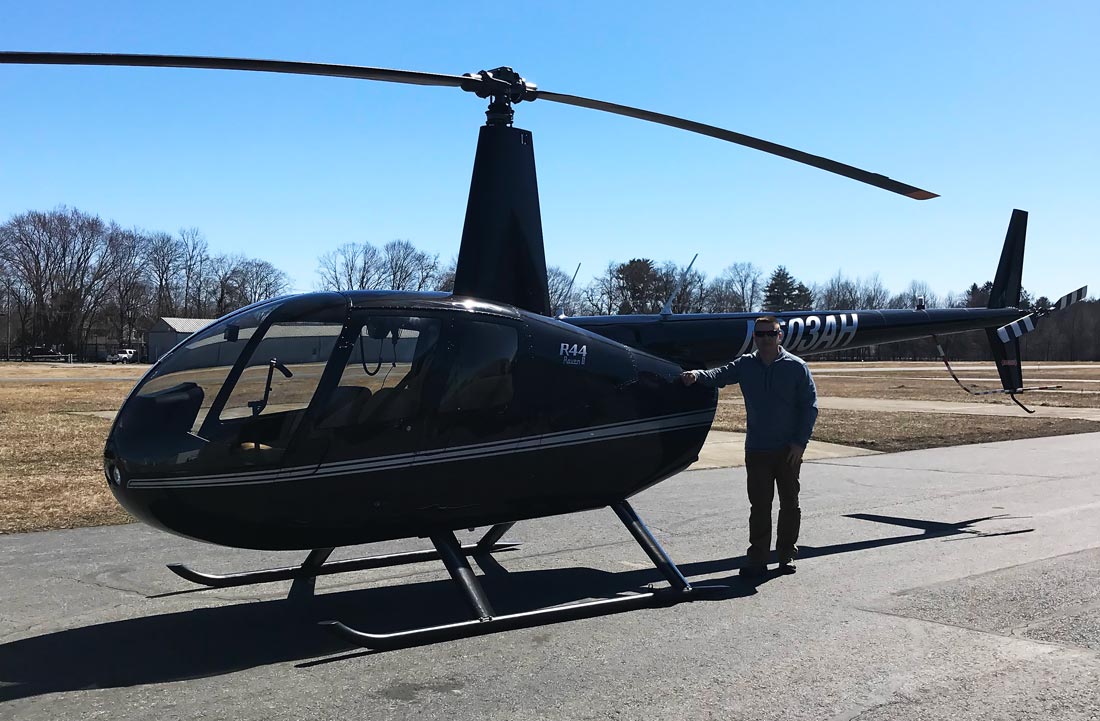

Leave a Reply